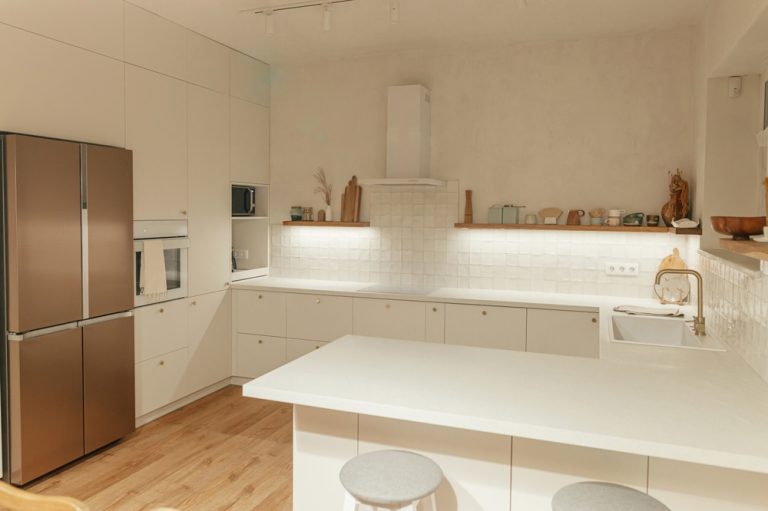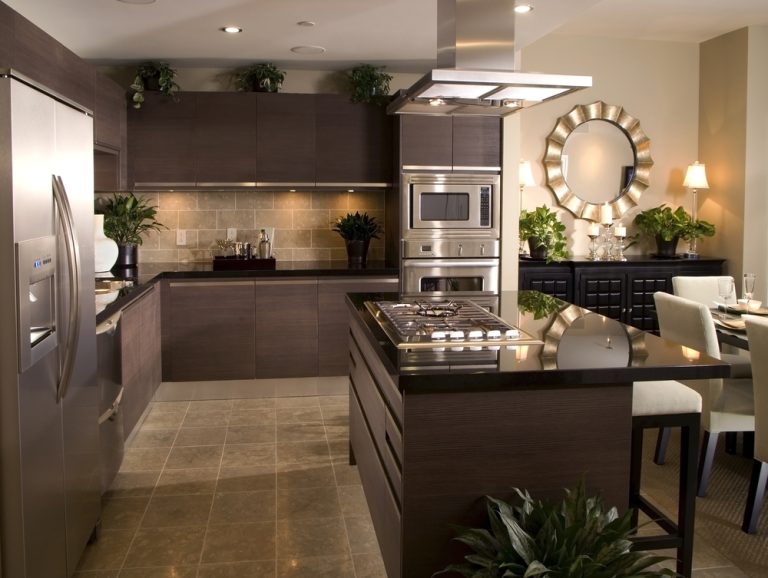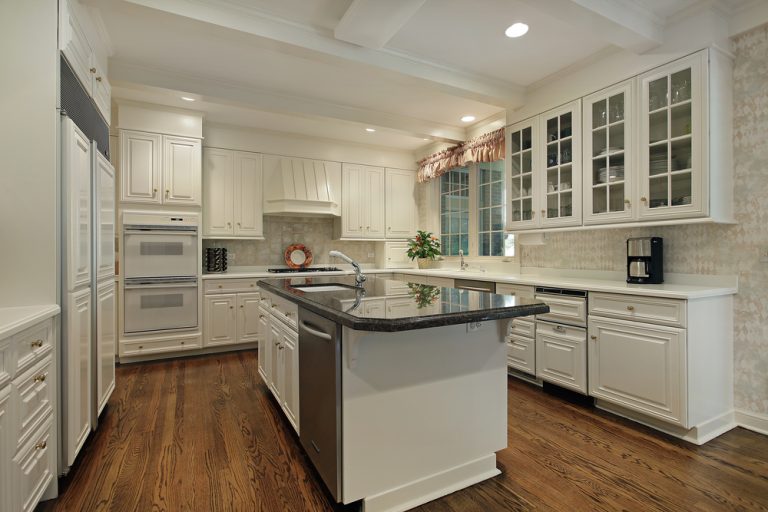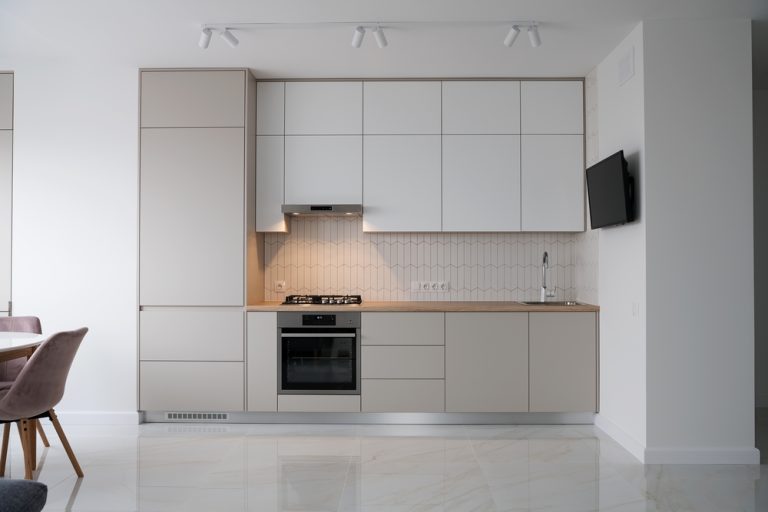How Many Cabinets Should a Kitchen Have?
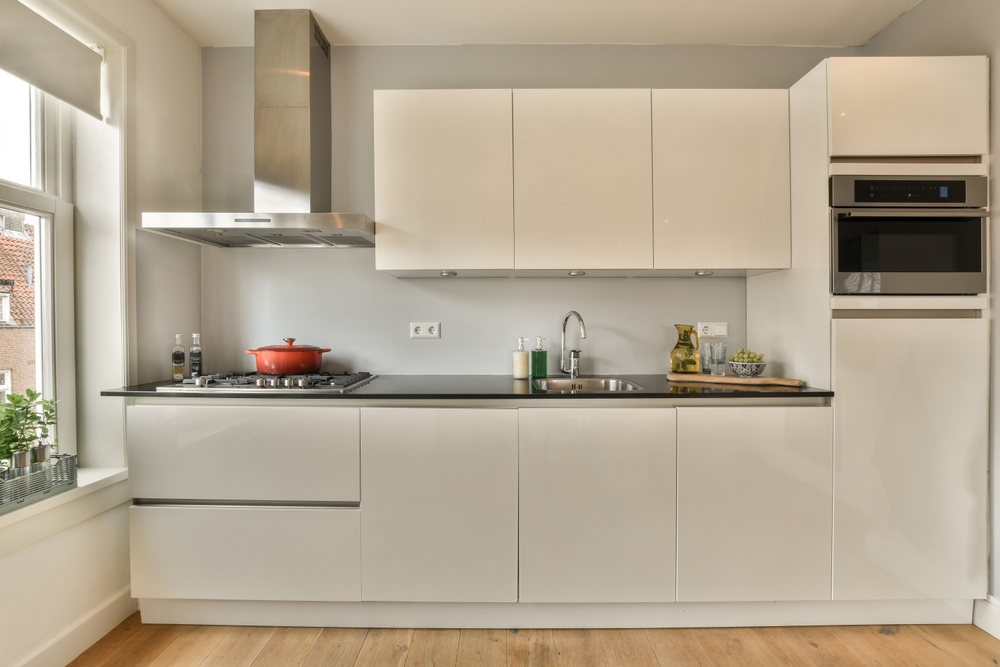
When designing or remodeling a kitchen, one of the most common questions homeowners ask is, “How many cabinets should a kitchen have?” The number of cabinets you need depends on various factors, including the size of your kitchen, your storage needs, and the overall layout.
In this blog, we’ll explore the key considerations for determining the right number of cabinets for your kitchen, ensuring that you achieve a functional and well-organized space.
Assessing Your Storage Needs
The first step in determining how many cabinets your kitchen should have is to assess your storage needs. Every kitchen is unique, and the number of cabinets you require will largely depend on the types of items you need to store.
Factors to Consider
- Cooking Habits: Consider how often you cook and what types of meals you prepare. If you frequently cook at home and have a wide range of kitchen tools, appliances, and ingredients, you’ll need more cabinet space than someone who cooks less often.
- Family Size: A larger family typically requires more storage space for dishes, cookware, and food items. If you have a big family or frequently entertain guests, you’ll likely need more cabinets.
- Specialty Items: If you own specialty kitchen equipment, such as stand mixers, blenders, or large serving platters, you’ll need to account for these items in your cabinet planning.
Storage Requirements
- Everyday Items: Cabinets should accommodate everyday items like plates, bowls, glasses, and utensils. You’ll also need space for pots, pans, and cooking tools that you use regularly.
- Food Storage: Consider how much space you need for storing dry goods, canned items, and other pantry staples. If your kitchen doesn’t have a separate pantry, you’ll need to allocate more cabinet space for food storage.
- Small Appliances: If you prefer to keep small appliances like toasters, coffee makers, and food processors off the counter, you’ll need additional cabinet space to store them.
Considering the Size of Your Kitchen
The size of your kitchen is a significant factor in determining how many cabinets it should have. A larger kitchen naturally accommodates more cabinets, while a smaller kitchen may require a more strategic approach to maximize storage.
Small Kitchens
- Maximizing Space: In a small kitchen, every inch of space counts. Upper cabinets can be extended to the ceiling to maximize vertical storage. Corner cabinets and pull-out shelves can help make the most of awkward spaces.
- Minimizing Clutter: With limited space, it’s essential to minimize clutter by only including the cabinets you truly need. Overloading a small kitchen with too many cabinets can make it feel cramped and difficult to navigate.
Medium-Sized Kitchens
- Balanced Storage: A medium-sized kitchen offers more flexibility in terms of cabinet placement. You can achieve a balance between upper and lower cabinets, with additional storage options like islands or peninsulas.
- Dedicated Zones: Consider creating dedicated zones for different tasks, such as cooking, prepping, and cleaning. Each zone should have the appropriate amount of cabinet space to store the necessary tools and ingredients.
Large Kitchens
- Ample Storage: In a large kitchen, you have the luxury of ample storage space. You can include more cabinets, as well as specialty storage solutions like pull-out pantries, appliance garages, and built-in wine racks.
- Customized Layout: A larger kitchen allows for a more customized cabinet layout. You can incorporate additional features like glass-front cabinets, open shelving, or a walk-in pantry to enhance both functionality and aesthetics.
Also Read – What to Put in Upper Corner Kitchen Cabinet?
Understanding Standard Cabinet Configurations
When planning how many cabinets your kitchen should have, it’s helpful to understand standard cabinet configurations. This knowledge will guide you in creating a layout that meets your storage needs while maintaining a cohesive design.
Base Cabinets
- Purpose: Base cabinets are the foundation of your kitchen storage. They sit on the floor and provide storage for heavy items like pots, pans, and small appliances. Base cabinets also house sinks, dishwashers, and pull-out trash bins.
- Standard Sizes: Base cabinets typically come in widths ranging from 9 to 48 inches, with a standard depth of 24 inches. The height is usually around 34.5 inches, with a countertop added on top.
Upper Cabinets
- Purpose: Upper cabinets are mounted on the wall above the base cabinets. They provide storage for items like dishes, glassware, spices, and food items. Upper cabinets keep everyday items within easy reach while freeing up counter space.
- Standard Sizes: Upper cabinets are typically 12 to 24 inches deep, with heights ranging from 12 to 42 inches. The width can vary, but common sizes include 30, 36, and 42 inches.
Tall Cabinets
- Purpose: Tall cabinets, also known as pantry cabinets, are full-height units that provide additional storage for food, cleaning supplies, or large kitchen items. They can be used to create a built-in pantry or house appliances like ovens and microwaves.
- Standard Sizes: Tall cabinets typically have a depth of 12 to 24 inches and can range in height from 84 to 96 inches.
Specialty Cabinets
- Purpose: Specialty cabinets are designed for specific storage needs, such as corner cabinets, lazy Susans, pull-out shelves, or wine racks. These cabinets help maximize space and improve organization.
- Customization: Specialty cabinets can be customized to fit your kitchen layout and storage requirements, making them a versatile addition to any kitchen design.
Designing the Right Cabinet Layout
The layout of your kitchen plays a crucial role in determining how many cabinets it should have. A well-planned layout ensures that your kitchen is functional, efficient, and aesthetically pleasing.
Popular Kitchen Layouts
- Galley Kitchen: A galley kitchen features two parallel walls of cabinets with a walkway in between. This layout is ideal for small kitchens and emphasizes efficiency. In a galley kitchen, you’ll typically have a balanced number of upper and lower cabinets on both sides.
- L-Shaped Kitchen: The L-shaped kitchen is one of the most popular layouts, offering flexibility and ample storage. This layout works well in both small and large kitchens, with cabinets arranged along two adjoining walls.
- U-Shaped Kitchen: A U-shaped kitchen features cabinets on three walls, providing maximum storage and counter space. This layout is ideal for large kitchens and can accommodate a combination of base, upper, and tall cabinets.
- Island Kitchen: An island kitchen includes a freestanding cabinet unit in the center of the room, providing additional storage and workspace. Islands can include base cabinets, drawers, and specialty cabinets like wine racks or microwave cabinets.
Optimizing Cabinet Placement
- Work Triangle: When designing your kitchen layout, consider the work triangle—the optimal distance between the sink, stove, and refrigerator. Cabinets should be placed strategically within this triangle to ensure easy access to essential items while cooking.
- Zoning: Create zones within your kitchen for different tasks, such as cooking, prepping, and cleaning. Each zone should have the necessary cabinets to store the tools and ingredients required for that task.
Making the Final Decision
So, how many cabinets should a kitchen have? The final decision depends on your specific needs, the size of your kitchen, and your design preferences. Here are a few final tips to guide your decision:
Prioritize Functionality
Ensure that your kitchen cabinets provide adequate storage for all your cooking tools, appliances, and food items. Functionality should always come first in kitchen design.
Consider Aesthetics
The number of cabinets you choose should also enhance the overall look of your kitchen. Avoid overcrowding the space with too many cabinets, as this can make the kitchen feel cluttered.
Consult a Professional
If you’re unsure about the right number of cabinets for your kitchen, consider consulting with a kitchen designer. They can help you create a layout that meets your needs while maximizing both storage and style.
Conclusion
Determining how many cabinets a kitchen should have depends on various factors, including your storage needs, kitchen size, and layout preferences. By carefully assessing your requirements and considering standard cabinet configurations and popular kitchen layouts, you can design a kitchen that is both functional and beautiful.
Whether you’re working with a small galley kitchen or a spacious U-shaped layout, the key is to balance storage with aesthetics, ensuring that your kitchen cabinets enhance the overall design and efficiency of your space.

